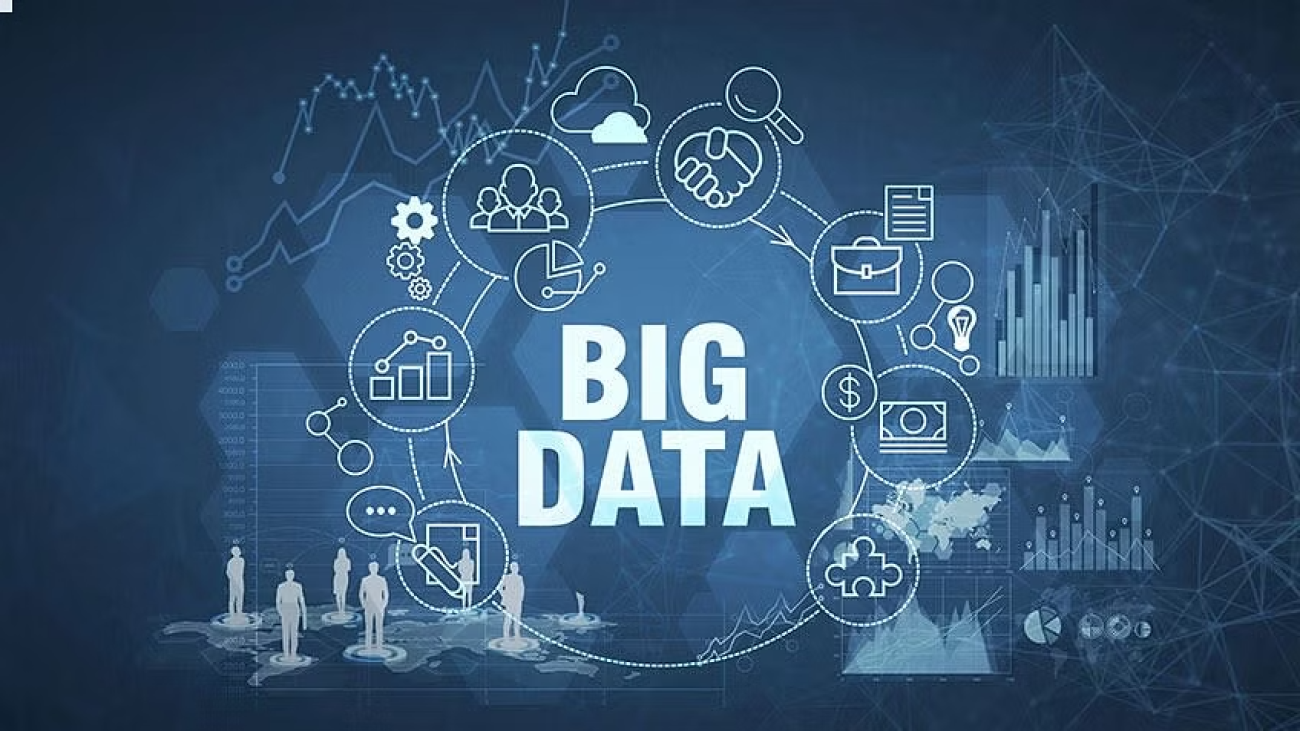Big data has revolutionized the way businesses make decisions and drive growth. It refers to extremely large datasets that can be analyzed computationally to reveal patterns, trends, and associations, particularly relating to human behavior and interactions. With the proliferation of internet-connected devices and the abundance of data they generate, organizations now have access to an unprecedented amount of information that can be used to improve their operations and decision-making processes.
One of the primary ways in which big data drives business growth is through the use of analytics. By analyzing large amounts of data, organizations can gain insights into customer behavior, purchasing patterns, and market trends, which can help them to make more informed decisions about how to allocate resources and prioritize initiatives. For example, a retailer might use big data analytics to identify high-demand products and target their marketing efforts accordingly, or a healthcare provider might use it to identify patterns in patient data that can help to improve diagnosis and treatment.
In addition to analytics, big data can also be used to optimize business processes and improve efficiency. For example, a transportation company might use big data to analyze routes and identify bottlenecks in their operations, allowing them to make changes that can reduce costs and improve delivery times. Similarly, a financial institution might use big data to detect fraudulent activity or to automate risk assessments, which can help to reduce losses and improve the bottom line.
Another key way in which big data drives business growth is through the use of machine learning. This is a type of artificial intelligence that allows computers to learn and adapt without being explicitly programmed. By feeding large amounts of data into machine learning algorithms, organizations can train systems to recognize patterns and make decisions based on those patterns. This can be particularly useful in industries where there is a large volume of data to be processed, such as finance, healthcare, and e-commerce.
There are many potential applications for big data in decision making, and it is likely to continue to play an increasingly important role in driving business growth in the future. However, there are also some challenges and considerations that organizations need to take into account when using big data.
One of the main challenges is the issue of data quality. In order to gain meaningful insights from big data, it is important that the data is accurate and relevant. This can be difficult to ensure, particularly when dealing with data from a variety of sources. Organizations need to have robust processes in place to validate and clean their data, and to ensure that it is being used appropriately.
Another challenge is the issue of data privacy and security. With the increasing amount of personal data being generated and collected, it is important that organizations have strong safeguards in place to protect this information from being accessed or misused. This includes ensuring that data is encrypted and stored securely, and that access is restricted to authorized personnel.
In conclusion, big data has the potential to drive significant business growth by enabling organizations to make more informed decisions and optimize their operations. However, it is important for organizations to be aware of the challenges and considerations involved in using big data, and to have robust processes in place to ensure the quality, privacy, and security of the data they are using.
